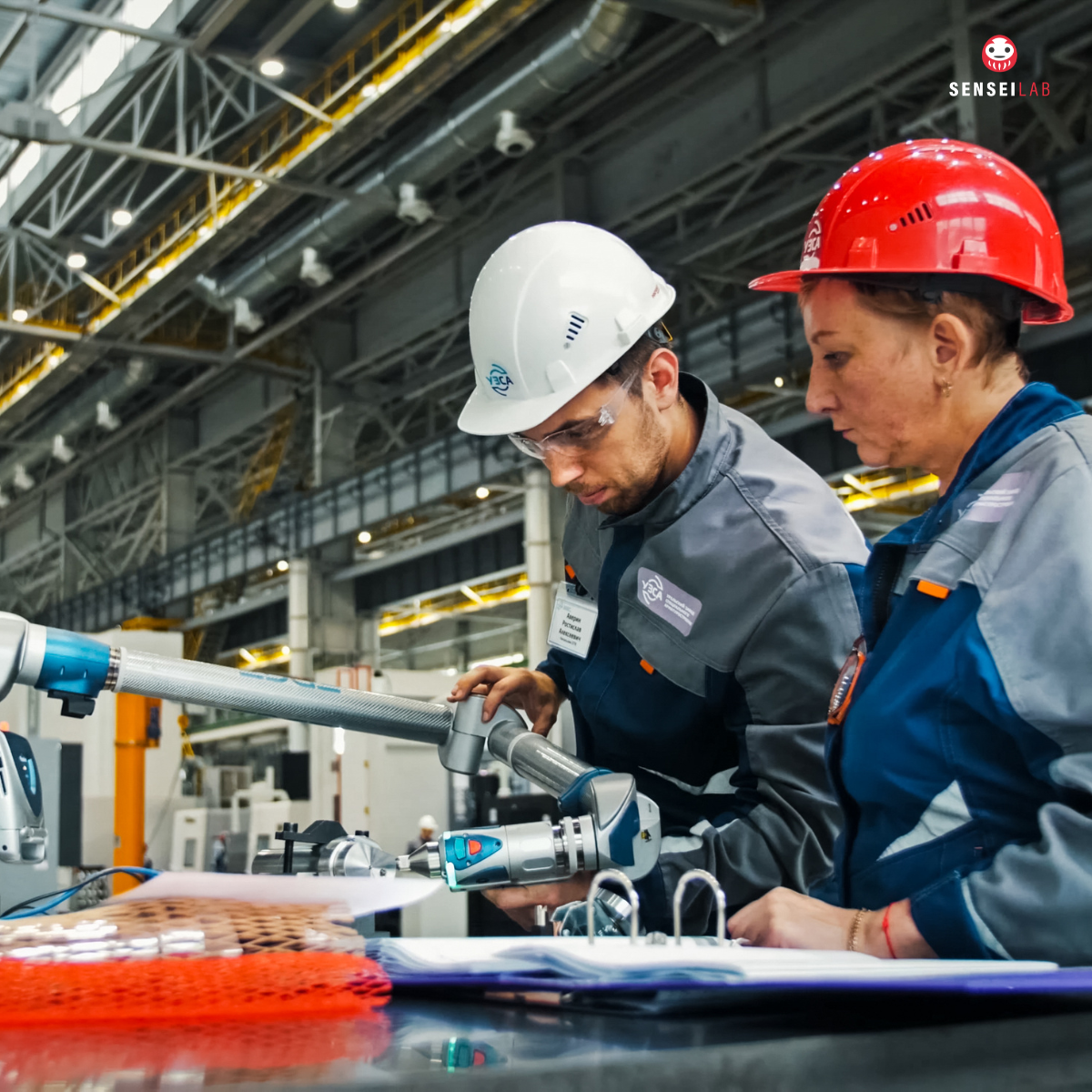When introducing Lean thinking into an organization, we often start with tools — and one of the simplest, yet most powerful tools is SIPOC.
SIPOC is a high-level process mapping tool that stands for:
- Suppliers
- Inputs
- Process
- Outputs
- Customers
It’s a structured way to visualize any process, capturing the critical elements that contribute to the delivery of value. At its core, SIPOC asks: Who provides what inputs? What process do we run? What outputs result? And who receives them?
It’s deceptively simple — but behind this simplicity lies a mirror reflecting the values and assumptions that guide our organizations.
We use SIPOC to align teams. To uncover misalignments. To clarify purpose. But how often do we stop and ask: What kind of outputs are we truly creating?
The Most Overlooked Output: Our People
In the world of manufacturing, logistics, healthcare, or even software, we focus so heavily on products, services, and customer deliverables that we overlook one of the most critical outputs of any organization:
The behaviors, capabilities, and mindset of our people.
Think about it: every system, every process, every cultural norm — produces people as an output. The way we lead, the way we train, the way we treat others — these are all inputs into a process that shapes the very soul of an organization.
If the input is unclear direction, inconsistent feedback, or lack of respect…
If the process tolerates poor communication, discourages initiative, or punishes mistakes…
Then the output will inevitably be disengaged employees, passive compliance, and a culture resistant to change.
Training Isn’t a Department — It’s a Process
In a traditional SIPOC map, “training” often shows up in the Inputs column: “We need trained operators,” “We require trained nurses,” “We rely on skilled technicians.”
But what if training is a process — and the output is a confident, capable, and continuously improving person?
This shift in thinking changes everything. Suddenly, we must define:
- Who supplies the training? (Leaders, mentors, peers?)
- What are the inputs? (Time, coaching, psychological safety?)
- What is the process? (One-way instruction or hands-on learning? Reflection or repetition?)
- What are the outputs? (Skills? Confidence? Autonomy?)
- And who are the customers? (The team? The organization? The end user?)
Now the SIPOC map becomes more than a tool for fixing workflows. It becomes a framework for how we develop people.
Culture Is the Ultimate Output
Every organization gets the culture it designs — whether by intention or by neglect.
Leaders often ask, “Why won’t people take ownership?”
The SIPOC lens challenges us to ask, “What inputs and processes have we created that lead to that outcome?”
Want a culture of accountability? Start with the inputs: trust, clarity, and a safe space for growth. Want innovation? Then design processes that reward curiosity, not compliance.
Just like any process, culture is not what we say — it’s what we consistently do.
Closing the Loop: SIPOC as a Leadership Mirror
SIPOC is more than a mapping tool. It’s a thinking tool. And when applied to leadership, culture, and people development, it exposes a profound truth:
People are not just the ones who operate the system — they are shaped by it.
So the next time you build a SIPOC map, ask yourself not just what outputs the process produces — but what kind of people it produces.
Because in the end, your processes will give you exactly what they are designed to:
Not only the results you see… but the behaviors you live with.
Let’s design better processes. Let’s build stronger people. Let’s map our way to a culture worth sustaining.




